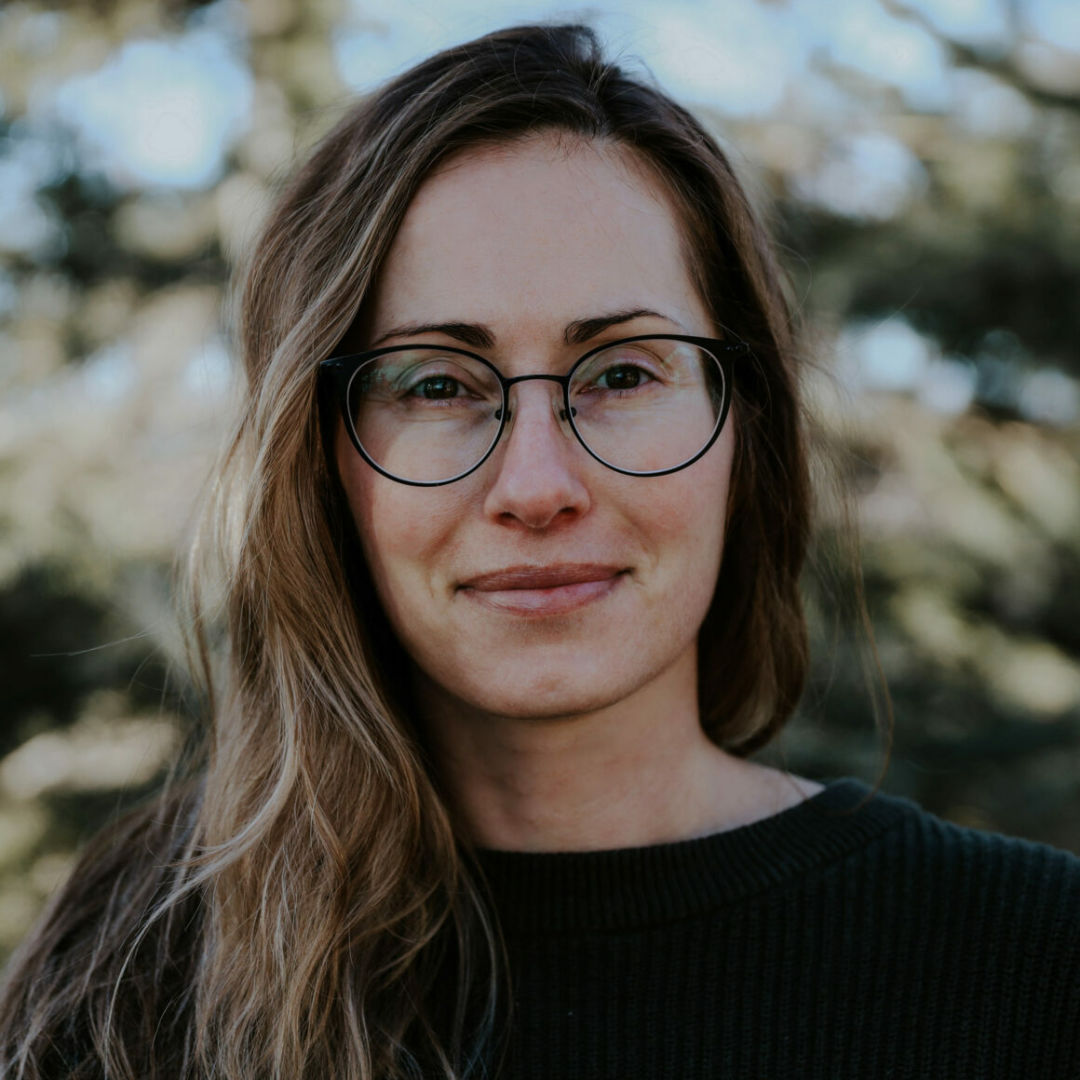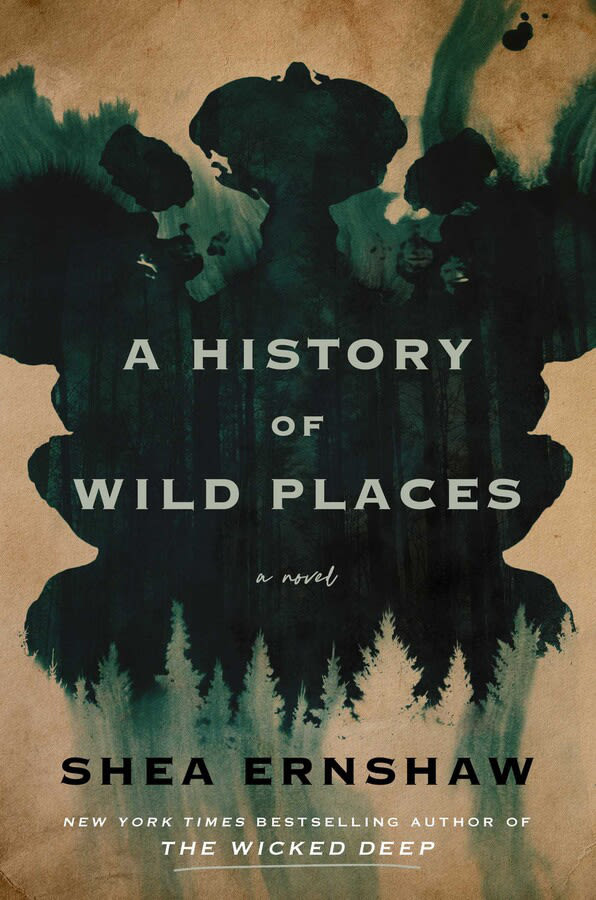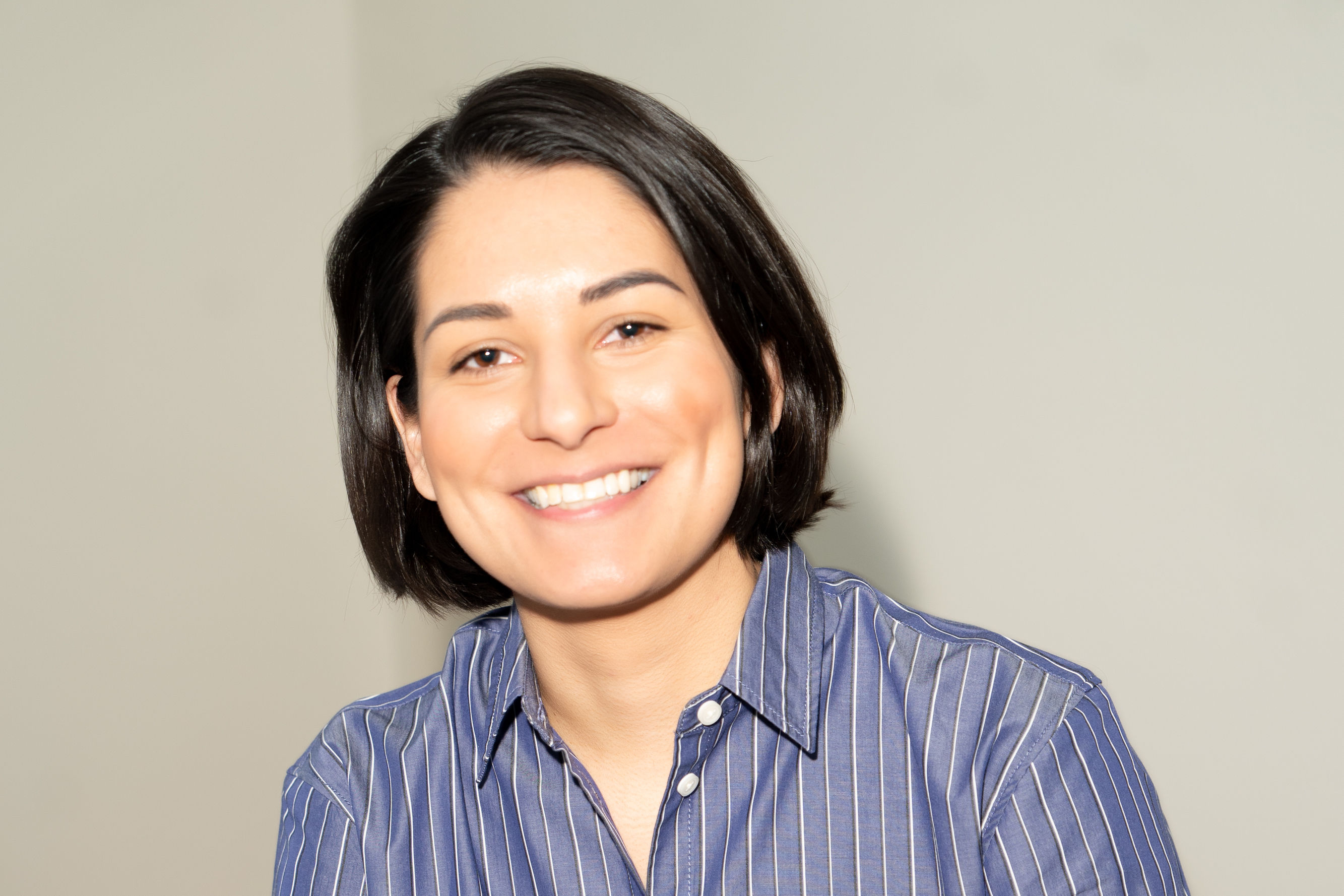Shea Ernshaw’s New Novel Explores the ‘Line between Paradise and Madness’

Image: Sky Pinnick
It’s hard to shake the feeling that there is something lurking in the woods of the Pacific Northwest. In A History of Wild Places, the new novel from NYT best-selling author Shea Ernshaw, husband Theo, wife Calla, and her sister Bee spend their days fighting the nagging sense that something is waiting for them just out of sight—an abandoned truck, a mysterious illness known as the rot, a world outside that is entirely unfamiliar. To the rest of the world, Theo, Calla, and Bee are the hidden secret in the wilderness, residents of a long-forgotten and deeply isolated commune called Pastoral.
When a private detective comes calling in search of a disappeared children’s author, the lives of the characters quickly unravel as they reckon with sneaking suspicions that they might not really know each other, or themselves, at all.
Ernshaw, a lifelong Oregon resident who has lived much of her life in rural areas, blends noir, folk horror, and social drama in her first novel for adults after a pair of successful YA titles. She spoke with Portland Monthly from her home in Bend about the transition from teen to adult audiences, cults, and things that go bump in the night. Our conversation has been lightly condensed and edited for clarity.
Pastoral is such an interesting place because it’s an idealized, back-to-the-land kind of community but it’s also so deeply ruled by fear. What were some of your inspirations for the community?
I grew up not too far from Antelope, Oregon, which is a really small town where the Rajneeshpuram community was established back in the ’80s. Having grown up not far from where the community actually was established, it was always in the news. I even remember one day, my dad saw a fleet of Rolls-Royces being driven out for the leader of the community. I was really fascinated by the juxtaposition of that. Here was this community that was really living off the land, doing subsistence farming, and yet, they had some of these really outrageous luxuries. Obviously, I had a lot of questions about that that weren't necessarily answered at that time.
I really grew up being curious about communities like this. Is this type of lifestyle sustainable, or is it destined to fail? I think communes are really interesting social experiments. And that was really the question I had when I sat down to write the book. Can a community like Pastoral exist and thrive? Or will it destroy itself? I think there really is that fine line between paradise and madness.
The tone and energy of this book largely come from the setting. How did the landscape and atmosphere of rural Oregon inspire the novel?

Image: Danielle Mazzella di Bosco
My first two books were deeply inspired by Oregon, and the natural world in general really inspires a lot of my writing. I write my books with setting first so I have an idea of where the story takes place, then I build the characters and the plotline around that setting.
In this book, there are a lot of really eerie, unsettling elements when it comes to the natural world, but I think there's also a lot of beauty. In the place where the community of Pastoral is set, there's a lot of beauty in the way the characters live off the land. There's a lot of give and take in the way that the characters both love this land where they live but also have a fear of it.
It seems like cults and cults of personality have played a huge role in America’s cultural, political, and social conversations in the past few years. Did those influence you?
In the book, there's a real beauty in being cut off from the outside world. Our current society is really not doing well. I think we are the definition of an ill society.
There's a fascination and a curiosity about escaping from that and trying to create something different. The question is, do the trappings of government and society and organization follow you wherever you go? Could that follow you into the woods into a small, isolated community like Pastoral? It's nice to think that maybe you could create something different, but I wonder if the corruption of power and leadership finds a way into any community of any size.
How did you approach writing characters and group dynamics of people living in such extreme isolation, especially after COVID-19 propelled so many of us into isolation and close quarters?
I started writing this book back in 2017. If I had known then that I would be writing a book about a group of people living in isolation and fearing a strange disease within their community, and then that I will be releasing that book during COVID times, I might have rethought the book I was working on. [Laughs]
It's always a fun exploration to take characters and throw them into a setting like this and see how they react. Much like we all sort of got thrown into this real-life pandemic, I threw my characters into the plot and then waited to see how they were going to respond.
Before this, you wrote two young adult novels (The Wicked Deep and Winterwood). This is your first novel for adults. What was that transition like?
In a lot of ways, it was actually very similar. I realized pretty quickly while writing the adult book that I could have my adult characters do anything they wanted, and they had almost no one to answer to. I found the freedom in writing adult characters was really wonderful and gave me a broader world to play in, because I didn't have to send my characters to school five days a week while they're trying to solve a mystery.




